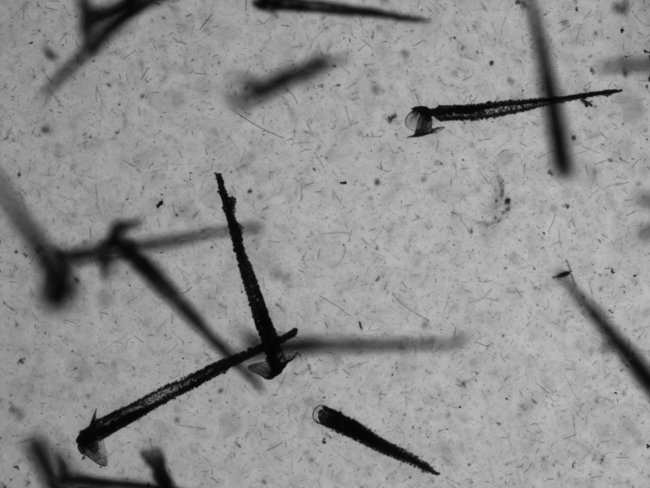PlanktonScope, a plankton in situ imager developed by Tsinghua SIGS, was put into operation at Daya Bay from July 4 to 12. It performed in situ monitoring and successfully obtained the spatial and temporal distribution information of Creseis acicula, a plankton species recently appearing in large numbers at Daya Bay.

Planktonscope and observation of Creseis acicula images
According to PlanktonScope’s monitoring images, the length of the Creseis acicula is 5-25 mm, and its shell mouth width is 0.3-1.0 mm. It is widely distributed in the Atlantic, Indian and Pacific Oceans, as well as the South China Sea, East China Sea and South of the Yellow Sea. Due to the abnormal outbreak of Creseis acicula in Daya Bay and some offshore areas, a “Creseis acicula tide” was formed.

Image of Creseis acicula from PlanktonScope
Making use of the in-situ observation capabilities of PlanktonScope, the team was able to conduct underwater real-time monitoring of Creseis acicula and obtained its space-time and profile information. It will also provide technical support for marine biodiversity monitoring, ecological management and cold source safety early warning .
Tsinghua SIGS will continue to follow the outbreak of Creseis acicula at Daya Bay and explore migration patterns and outbreak mechanisms of the species with the help of PlanktonScope. In the future, the team plans to develop an in-situ monitoring and early warning system, to provide a feasible solution for the control of Creseis acicula in Daya Bay as well as biological monitoring and early warning in the Shenzhen sea area.
Article by Jia Zhipeng
Edited by Karen Lee


